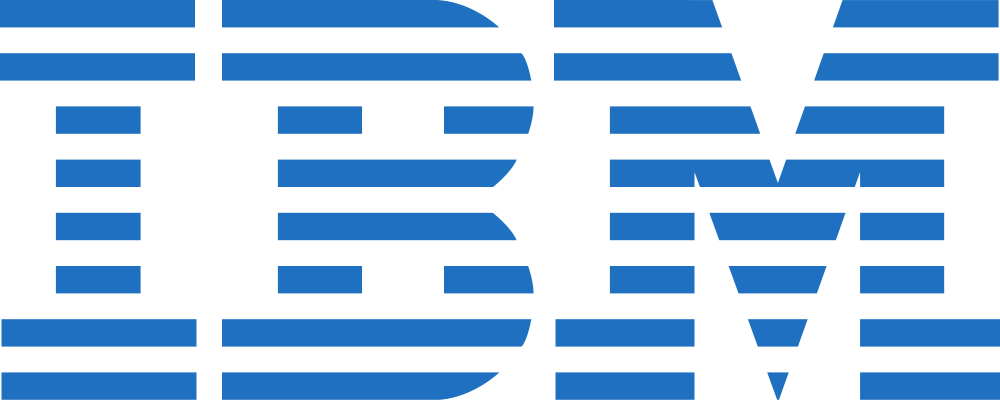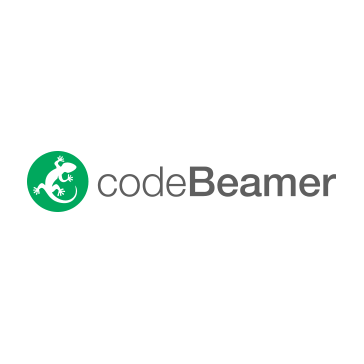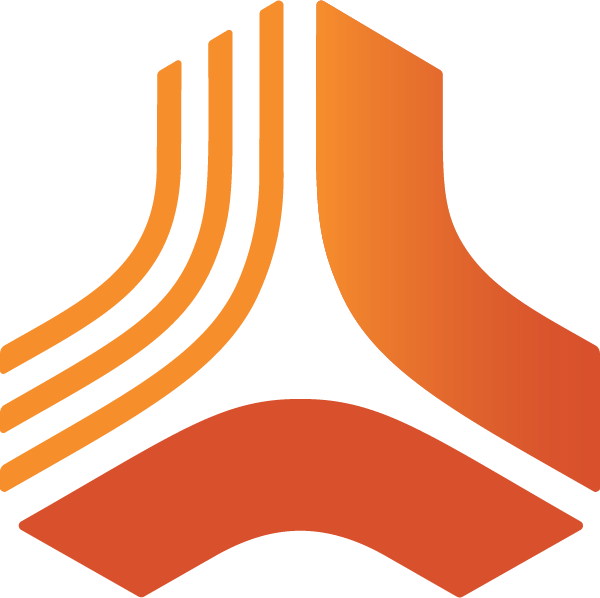What is ALM software?
Application lifecycle management (ALM) software
centralizes the tasks required to build, test, deploy, maintain, and improve on a software product from planning through retirement. The software aims to standardize the software development process for products by planning requirements and workflows, connecting critical documents, providing a centralized framework for collaboration, and reusing code and processes across projects.
ALM software is commonly used in software development teams, and will include project management, requirements management, code testing suites, and version control features. Other features that are critical to a company’s success may be included or available via API connections or direct integrations.
ALM software is particularly useful for highly regulated or audit-prone industries with safety requirements like healthcare, automotive, utilities, or hazardous materials processing. Organizations within these industries can preset workflows or testing requirements that ensure that developers across the company automatically follow regulatory standards.
Find your new ALM software
Best ALM software
We’ve researched the best application lifecycle management software according to user popularity and major features. Compare the best ALM software in the chart below, and read on to learn more about ALM software.
| Product |
Version control |
Reporting |
Document management |
Workflows |
|
|
yes |
yes |
yes |
yes |
|
|
no |
yes |
yes |
no |
|
|
yes |
yes |
yes |
yes |
|
|
yes |
no |
yes |
yes |
|
|
yes |
yes |
yes |
yes |
|
|
yes |
yes |
no |
yes |
|
|
yes |
yes |
yes |
yes |
What are the common features of ALM software?
Application lifecycle management tools vary in features and complexity. These are the main features you should look for in your tool to ensure usability.
Project management
Project management features are critical to ensuring that the requirements of an application’s development and management are met. From Kanban boards for task management to Gantt charts to showing dependencies, project management features keep people and tasks organized.
Depending on the size of your team and the complexity of your applications, consider finding ALM software that includes automation or workflows within the project management tools. These features might automatically turn a bug ticket into a feature request or send a notification to the QA team when a new tool is ready for testing.
Learn more about project management features and standalone tools on our
project management software category page.
Requirements management and regulatory compliance
Requirements management features help increase automatic regulatory compliance by allowing project managers and compliance managers to set workflows, document processes, and gain task-level insight into the production of the application.
These tools help project teams stay on track and compliant through single projects or ensure that product development processes stay consistent across several projects.
Version control
Whether the company uses Git, Subversion, Mercurial, or another version control tool, you’ll want a version control tool that catalogs the differing versions of the code as you build and maintain the app. These tools ensure more up-time for your application as code can be tested safely and shipped code can be rolled back to previous versions if it should break.
Some application lifecycle management software options will have a version control tool built right in, while others will allow you to integrate with an outside version control tool. If you currently have your source code stored in a version control tool, make sure that your ALM of choice integrates with it or provides easy import.
Document management
Documentation management gives teams a shared space to save files and project-related assets. Because document storage can take up valuable server space, many ALM tools put a limit on the amount of storage space they make available with each plan.
Some of these tools will also provide collaboration features like messaging, document markup, and concurrent document editing, but these features are not consistent across tools. Check the features carefully if you need collaboration tools within your ALM software.
Workflows
Workflows provide documentation that guides users through pre-set steps in a process. For example, before a new feature is added to an application, a workflow might state that the feature goes through the quality assurance testing, followed by a compliance check, followed by a manager’s approval. Because these steps must be carried out for each new feature, building a workflow with the steps and adding it to the ALM will ensure that the policy is followed.
To save time and ensure that none of the steps have been overlooked, many application lifecycle management tools will offer automated workflows that work on a trigger and action method. For example, when a developer marks a feature as completed, the QA tester is notified. When the tester has approved the feature, that approval triggers a notification to the compliance officer. The feature will continue through the workflow until all of the required approvals are met or it is sent back for corrections.
Reporting
Reporting features within ALM software give developers, managers, and outside stakeholders a visual understanding of an application’s progress toward release and health based on bug tickets and feature requests.
Reporting for ALM tools can take several forms, but most commonly will show up as dashboards that provide insight into the key metrics of the project. These dashboards may show the number of tickets completed within a date range, an overview of the features that have been completed, the number of developers working on a portion of the project, or custom defined metrics. These dashboards are often available for export to reporting tools or
business intelligence software.
Ticketing and bug management
A software application’s development doesn’t end at the initial release. Customer requests, bugs, and upgrades will all need an organization system to track fixes and issues. Ticketing and bug management features turn individual requests into tasks that are then organized with a project management system. These tools may automatically assign a task to the appropriate developer, or they can wait for a developer to pick them up when assigned.
These tools also keep a record of completed or closed bugs and requests, which helps developers understand how the application works (or doesn’t work) and can provide resources that may help for future fixes, feature requests, or upgrades.
What are the benefits of ALM software?
Increased regulatory compliance
Regulatory compliance can make or break companies within highly regulated industries, and could mean steep fines for others if not managed carefully. ALM software lets companies set processes and procedures to ensure that all compliance measures are met. They also increase the consistency and follow-through of developers and managers who work on the projects.
These benefits are achieved through documentation, automated workflows, and testing units that give companies granular control over their requirements.
Centralized database for application documentation and code
Your development team all produces code on their own machines, but your team needs a centralized place to store it so that it’s available for everyone to access and improve upon. An ALM brings together version control and documentation in a single interface.
A centralized repository for application documentation, issues, tickets, source code, and messages about those items can bring vital context to code that speeds updates and bug fixes.
Analysis and improvement resources
When all the application work, messaging, and documentation lives in a single piece of software, vital statistics can be gleaned from that data. The team can understand via objective measures which of the features is most difficult to support, what went wrong in early development of the tools, and how these processes can be improved over time. Whether its through manual audits of the team’s processes led by project managers or examination of dashboards and reports, the team can go to the ALM for measured understanding of the application’s health and the paths to improvement.
What are essential integrations for ALM software?
Many companies realize they need application lifecycle management software after they’ve already begun building software or planning their application in another tool. Many ALM tools offer direct integrations with major software vendors or a REST API where developers can build their own connections. This saves the purchasing company the time, expense, and hassle of moving all of their existing assets into the ALM.
Project management
While many ALM software vendors build project management and task management tools into their products, an equal number provide direct integrations with outside project management tools. If you currently use a project management software, ensure that your ALM software can integrate or connect via API with that solution. This integration will mean that your team won’t need to learn the features of a new
project management software while also tracking their work in the ALM.
Version control
While version control tools often include quick import/export features, you want to change as few processes as you can when upgrading to an ALM. Connecting with your version control tool means that the developer’s most important process — shipping code — stays largely the same.
Business intelligence
ALM software produces valuable data that your company can use to speed processes, understand customer sentiment, and improve products. While much of your day to day understanding of your application’s health will come from the ALM’s dashboards or reports, a connection to
business intelligence software will give your team an understanding of your process health within the context of the company’s data.









